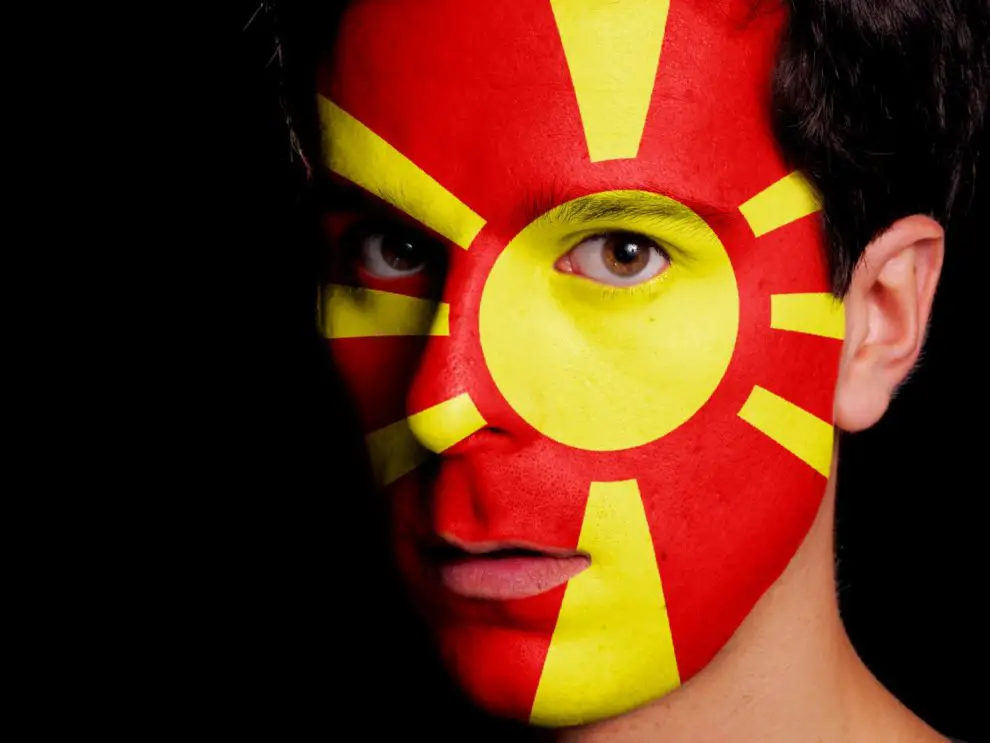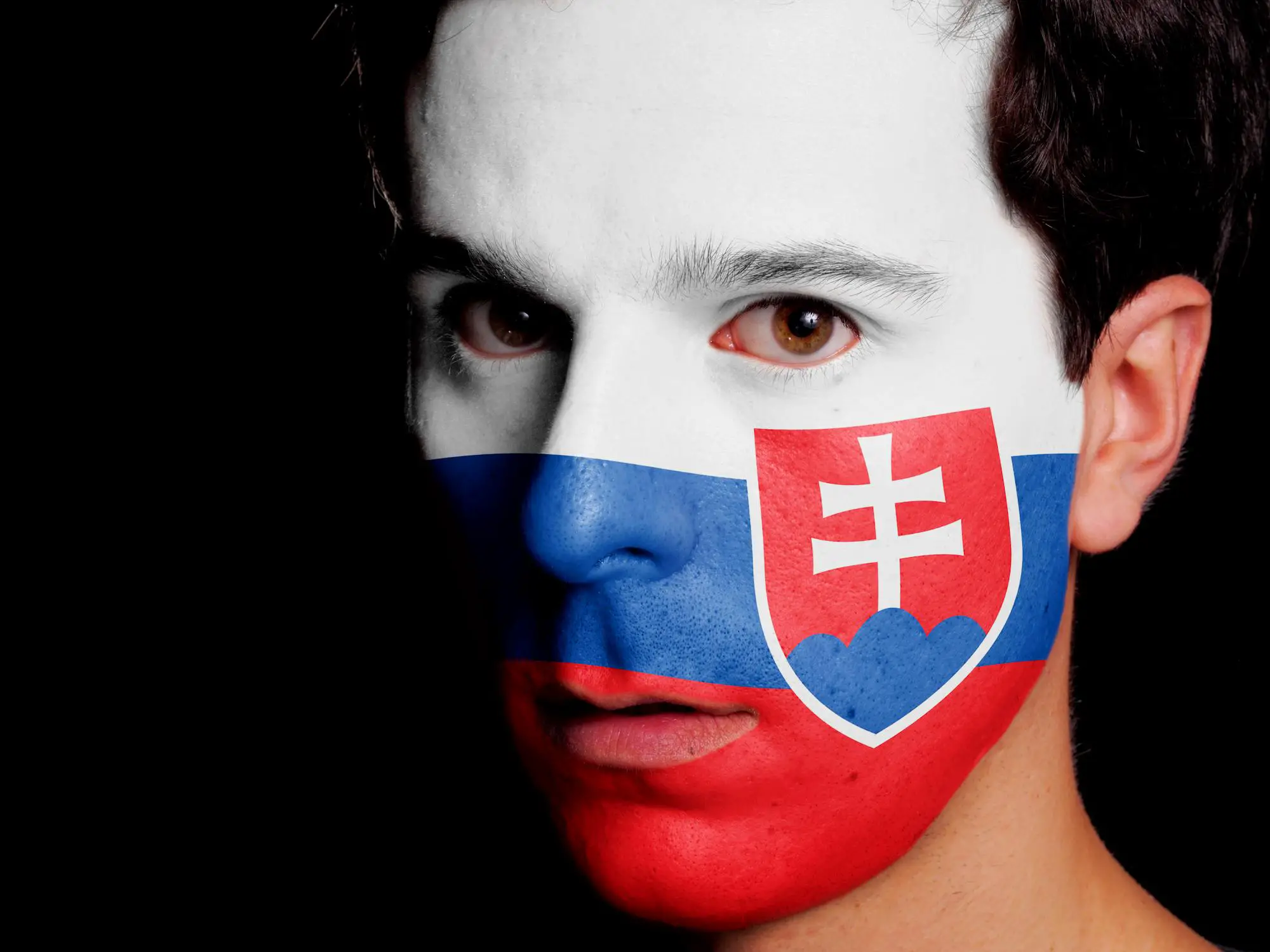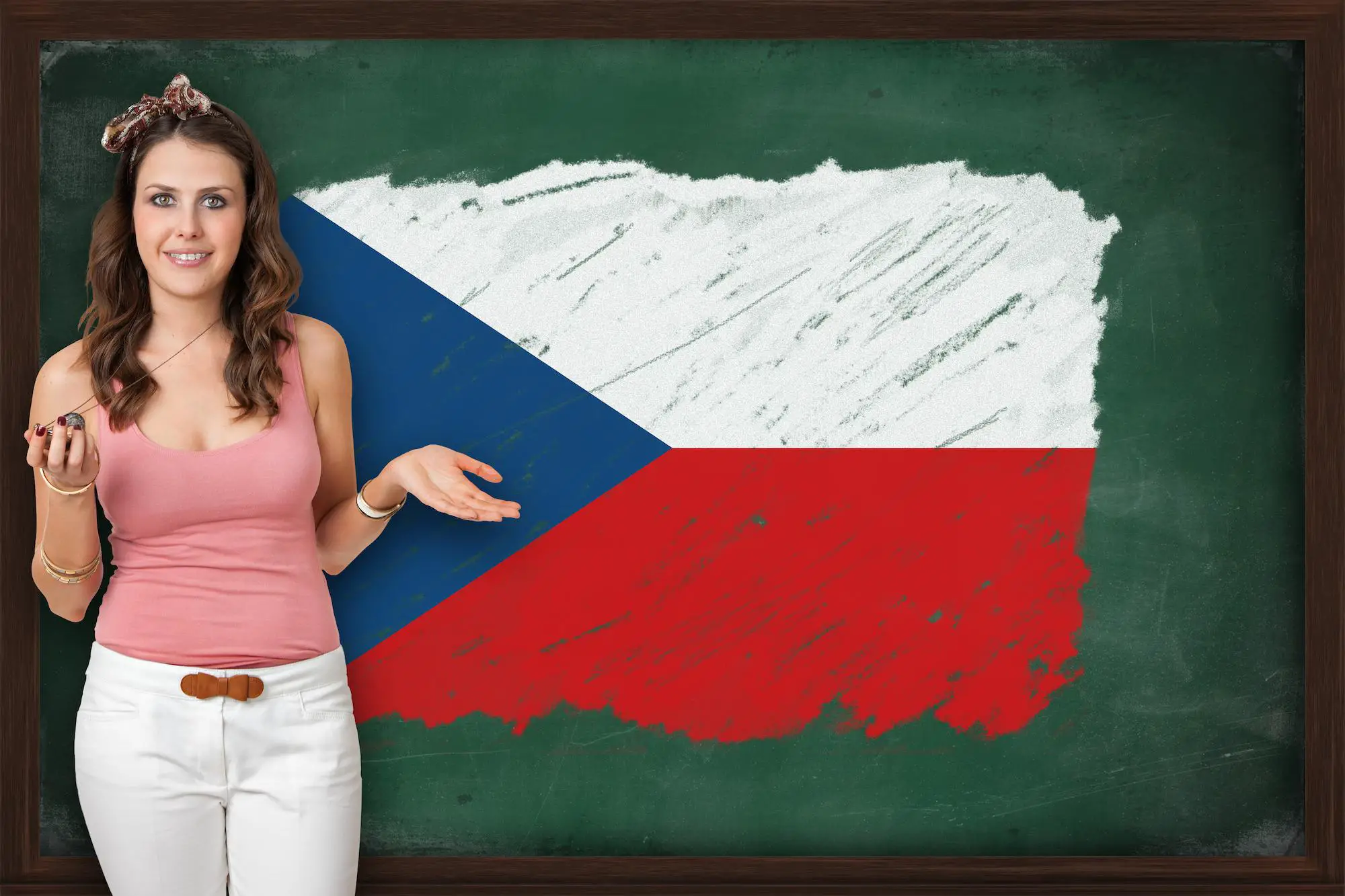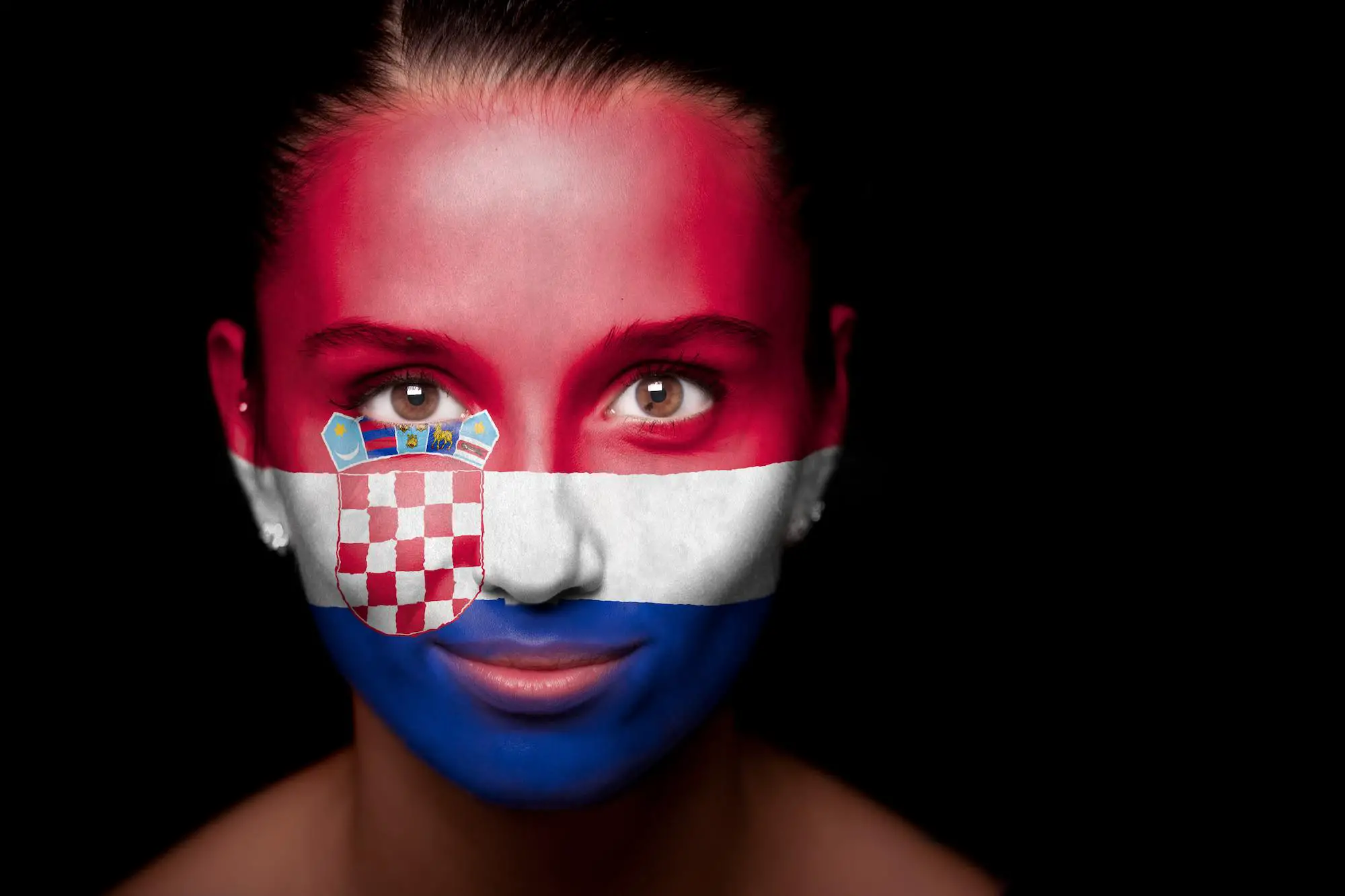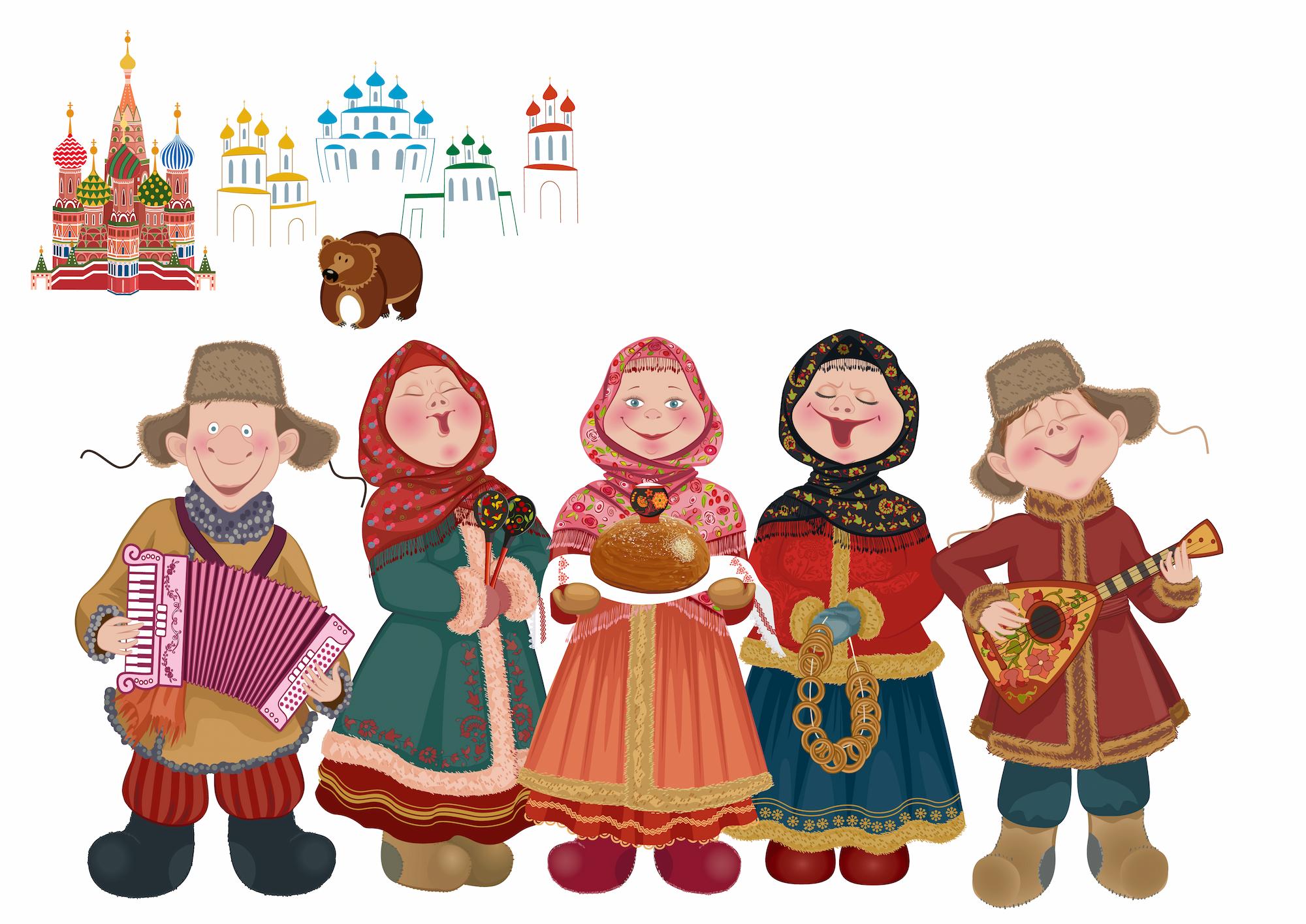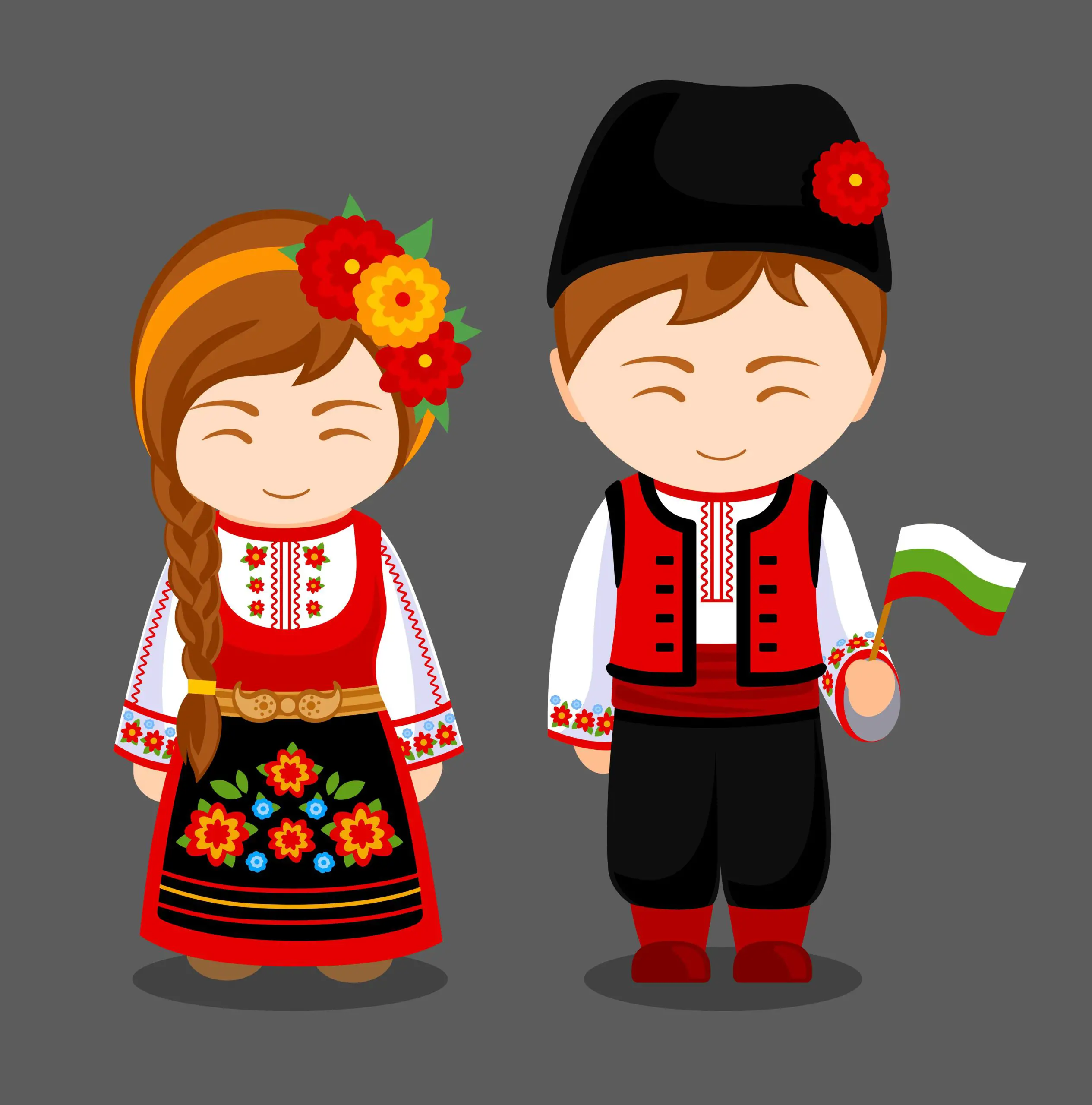The small Slavic country of Macedonia and its people have big stories to tell. They are known for great music, amazing food or the political quarrels with Greece.
We thought this often overlooked Slavic nation deserves a bit more attention, in order to avoid common misconceptions people tend to have about it. Therefore, here are some facts you probably didn’t know about North Macedonia and Macedonian people.
Keep reading this article to learn more about Macedonian people! But, before we begin, I would like to recommend to you an article about the Best Things to Do in Macedonia!
Table of Contents
Macedonian People Facts
The population of North Macedonia is just over 2 million inhabitants. Most of these are orthodox Macedonians, but there is a significant number of Albanian people as well, along with other minorities.
No doubt that the proximity of Greece and other Slavic nations (Serbia and Bulgaria), affected Macedonian culture. This diverse context, along with turbulent history, makes defining Macedonian ethnic identity quite a delicate task.
That issue is known as the Macedonian question.
Is it Macedonia, the Republic of Macedonia, or North Macedonia? When did it all start? In prehistory, in the 4th century when Alexander the Great conquered Ancient Greek lands, or in the 6th century when Slavic tribes came? Stay tuned, here we go.
1. They Are Proud of Their History
Macedonian identity is based on their rich history. Although the state has been independent only since 1991, its history starts way before that. We could easily say that Macedonia is among the youngest European countries with the oldest history.
Ancient Glory and Medieval Times
One of the greatest ancient Macedonians was, of course, Alexander the Great. During his reign in the 4th century B.C., the Macedonian empire was the greatest empire in the world.
He conquered the entire Greece and Persia and set the borders of ancient Macedonia (near India).
The memory of the glorious past of ancient Macedonia and Alexander the Great is the cornerstone of modern Macedonian national identity. The problem is that Greeks have the same opinion.
However, Macedonian history goes on and continues in the middle ages. Slavic-speaking tribes came to Macedonian territory somewhere around the 6th century. Soon, Macedonian lake Ohrid became an important cultural center of the Slavic world.
After this period, the Ottoman empire came, bringing centuries of Islamic influence to the region. The ordinary people and members of the Orthodox church were put under great political pressure.
However, people never forgot their heroic past and organized resistance against the Ottomans.
Macedonian revolutionary organization assembled the first activists in the 19th century. This was at the time when other Balkan states were also fighting for independence from the Turkish empire, such as Greece and Serbia.
Nonetheless, faced with Bulgarian and Serbian nationalism, the activists from this national organization continued their struggle in the 20th century as well.
The Long 20th Century
Later in the 20th century, after World War I, Macedonia became part of Yugoslavia. Following the Bulgarian occupation and liberation after World war II, Macedonia became one of the six states that formed socialist Yugoslavia.
It is well known that this country fell apart in 1991 when its former federations engaged in a bloody civil war. However, it is less known that there was one state that left Yugoslavia without a single victim. It was the Republic of Macedonia.
Therefore, in 1991 the Republic of Macedonia finally became independent. However, one should not forget that there are many people in the world originating from Macedonia. They live mostly in Bulgaria and Greece, but also in the US, Canada, Australia, etc.
It was a long journey, but people endured. Today they can proudly say that the Republic of Macedonia (or as they recently renamed it – Republic of North Macedonia) is ready for whatever the future brings [1].
2. Great Musicians
In the Balkan region, people from Macedonia are very well known for their beautiful folk music.
Macedonian music has ancient notes, and a lot of Ottoman, Greek, Bulgarian, Serbian and Roma influences. These came into their tradition during centuries of intense ethnic cross-sections.
Nonetheless, the originality of Macedonian music is indisputable and can be heard as soon as the song starts. Often melancholic, but ancient and astonishingly beautiful, Macedonian music became their national brand and part of their mentality.
The rich musical heritage of the Macedonian population comprises both vocal and instrumental traditions. Most often, Macedonian women gather in groups of five or six and sing very loudly about love, youth, and nature.
Everyone in the Eastern Balkans knows about the Macedonian song Zajdi, zajdi. If you ask anyone about it, they will tell you how emotional it is to listen to its beautiful chords.
Of course, Macedonians seldom sing without instrumental accompaniment. The famous kaval (a traditional Macedonian type of flute) is the most characteristic instrument, among many.
People from Macedonia are famous for their jolliness and willingness to contribute to any kind of celebration. Therefore, they are not only good at traditional music but also versatile when it comes to the music of the twentieth and twenty-first century.
Since ancient times, their musicians have been considered to be the best ones in the Slavic speaking part of the Balkan peninsula (and maybe even wider).
3. Language Is Somewhere Between Bulgarian and Serbian
The history of a language is a complex matter, but always an interesting one.
First of all, the official language of North Macedonia is Macedonian. It was recognized as such and standardized only recently, right after World War II.
However, that didn’t prevent Macedonians from having poets much earlier (in the 19th century).
The Macedonian language is a member of the South Slavic language family, and its closest cousins are Bulgarian and Serbian. It is probably much closer to Bulgarian.
People from Bulgaria and Macedonia will probably have no difficulty in understanding each other. Also, both are Slavic languages and are written in the Cyrillic alphabet.
On the other hand, this doesn’t mean that Macedonian and Bulgarian are the same languages. Some activists (mostly proponents of extreme Bulgarian nationalism) like to emphasize that Macedonians actually speak the Bulgarian language.
For people from Macedonia, the question of the language is closely connected to that of collective identity.
Macedonians always emphasize that, in terms of linguistics, the differences are significant. Even though the languages share similar vocabulary, they have important disparities in terms of phonetics, morphology, and accent [2].
4. Macedonians Have a Strong National Identity
Even though the Republic of Macedonia became independent for the first time just thirty years ago, people always had a very strong sense of national identity.
Although a lot of ethnic groups always lived on the territory of Macedonia, ethnic Macedonians are the majority population to this day.
This country is famous in the world for the dispute with Greece over the official name of the country.
The Dispute With Greece
Until recently, the official name of the country was “Former Yugoslav Republic of Macedonia”. The reason for this unusual name was the dispute between Greeks and Macedonians over the name of the new republic.
Actually, it was a dispute over many things, not only the name.
When Macedonians left communist Yugoslavia, they set on a quest for new definitions of their identity. The Macedonian nationalism instantly became relevant as a connection between ancient Macedonia and the contemporary Macedonian state.
The first flag of the independent state (named the Republic of Macedonia) contained an ancient Macedonian sun symbol. This ancient symbol was found in the tomb of Alexander the Great’s father, Philip II. That, in turn, provoked a harsh political response from Greece.
For the Greek government, making connections between the contemporary Republic of Macedonia and the ancient Macedonian empire, in that manner, was unacceptable.
On the Greek side, the Macedonian empire is seen as part of Greek history and culture. This is because Greeks see Macedonia of that time as an ancient Greek province. In most of the Greek-speaking world, the common name for Macedonia is “Skopje”.
This title marks the entire country by the name of its capital city, thus accentuating that the Macedonian past is part of Greek history.
On top of that, Greek law doesn’t recognize non-Greek minorities as special entities. This is the reason why the Macedonian minority (as one of the non-Greek populations in northern Greece) had to struggle during the dispute.
Whoever is right here, disputes between Greece and Macedonia are nothing new. They already happened more than two thousand years ago. This fact, however, never prevented cultural exchange across their borders [3].
The New Name – North Macedonia
The resolution of the dispute was achieved only recently. The country’s name changed from “Former Yugoslav Republic of Macedonia” to the new official name “Republic of North Macedonia”.
This is also acceptable for the Greek government, as it implies the existence of South Macedonia, which they consider as the ancient Greek Macedonia.
As we can see, cultural and political affairs in Southeastern Europe are always quite interesting to discuss. Despite their misunderstanding, people from Macedonia and Greece successfully resolved their issues.
In the center of Skopje, a lot of monuments were installed to remember the glorious ancient past.
Local people are very proud of many sculptures of famous personalities from ancient, medieval, and recent past. Certainly, the statue of Alexander the Great (which is more than 75 ft high) is the most eye-captivating among them.
5. Many Macedonians Are Religious
After so many years under foreign rule and a few decades under communism, people from Macedonia are now free to practice new social habits. One of them is religion.
A few years ago, the Macedonian Orthodox Church initiated a stately project. The idea was to celebrate 2000 years of Christianity by building a great monument. The result of this project is the Millennial cross, which is among the most notable sights of Skopje today.
Namely, on the great Christian jubilee, a big cross was installed on the mountain of Vodno, above the city of Skopje. The cross is made of iron, in a similar style as Eiffel Tower. It’s more than 200 ft high which makes it one of the biggest crosses in the world.
In the night, the cross shines in bright white colors. As it is placed on a big viewpoint above the capital, anyone walking around the city can easily see it from down below.
Some people disagree with what this monument represents, criticizing the political connotation and its nationalism.
However, the local population already accepted it as the new landmark of the capital. It is possible to reach it with a cable car and enjoy the amazing view of the capital from there.
The local population, however, is not only orthodox. Mother Teresa is widely known as a great international humanitarian. She created an organization that gathered activists from all over the world to help those in need. Mother Teresa was a catholic nun born in Skopje.
Local people are very proud of the fact that Mother Teresa came from their city. They think that her legacy is part of Macedonian contribution to modern society.
Another thing that religious people from Macedonia boast about is the number of churches in their country. There are more than a thousand churches in Macedonia, and 365 of them are in one city only – that of Ohrid, on the shores of the lake of the same name.
They say that there is a piece of the very cross Jesus was crucified on in churches around Ohrid. It is clear that people from Macedonia have always been very pious and honest believers [4].
6. They Are Great Cooks
Just like their music, the national cuisine of Macedonia is a blend of many influences. The Macedonian region is in a moderate continental climate, which is a perfect environment for the growth of vegetables.
People from Macedonia say that their national dish is tavche na gravche. It is a form of traditional bean stew, with some meat and domestic spices.
There is a secret about this Macedonian national recipe: it has to be made in a special ceramic pot. Otherwise, the taste won’t be original.
On the other hand, Macedonia has a land particularly suitable for the red pepper.
People use this domestic pepper, along with eggplant, to make a special sauce named ajvar. This sauce goes well with almost any other national dish from Macedonia, but perhaps best with a slice of hot bread, freshly taken out of the stove.
Macedonian land is particularly convenient for grapes, which is why some of the best Balkan wines come from Macedonia.
There are several regions famous for red and white wine, but perhaps the most famous ones come from Vardar valley and the Pčinja region, near the border with Bulgaria.
Apart from wine, there are several types of national drink rakija which is a brandy made of plums or other fruits [5].
The Bottom Line
The national history of Macedonia is very old and very interesting!
Today, the emphasis is often put on the 4th century and time of the Macedonian empire. Yet, people easily forget that this country was home to great cultures, even in prehistory.
For example, archaeologists recently found one of the oldest astronomical observatories in the world near Kokino in North Macedonia. It is more than 4000 years old and reveals a culture with a high level of organization at the time.
As in the past, people from North Macedonia have always kept close contact with Greeks, Serbians, Albanians, and Bulgarian people. But they never lost the sense of national and cultural uniqueness.
Despite political controversies with Greece and Bulgarian nationalists, their identity is firmly based on their ancient and Slavic origins, great music, and amazing traditional cuisine.
Their vibrant culture, jolly mentality, and beautiful nature are attracting more adventurers and travelers every year.
References
- https://europe.stripes.com/travel/macedonia-mecca-history-and-culture
- https://translation-blog.trustedtranslations.com/macedonian-bulgarian-or-serbian-2012-02-21.html
- https://press.princeton.edu/books/paperback/9780691043562/the-macedonian-conflict
- https://www.chasingthedonkey.com/fun-facts-about-macedonia-facts/
- http://www.macedoniancuisine.com/p/blog-page.html







